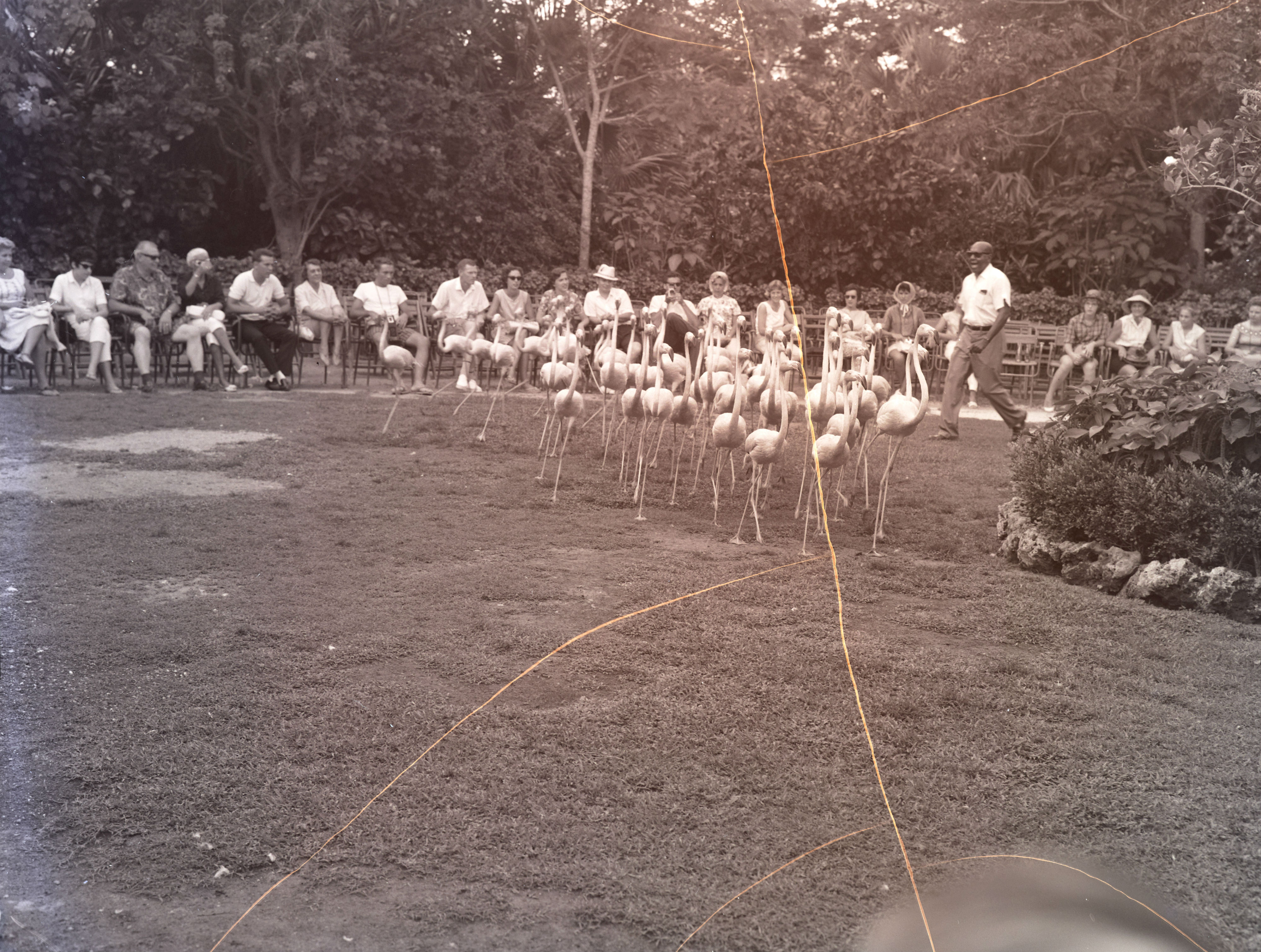A portrait of Her Grace, Winifred Ana Cavendish-Bentinck, DBE JP Duchess of Portland (née Dallas-Yorke) by John Singer Sargent hangs at the end of a long hallway at Welbeck Abbey in Nottinghamshire.

As a small child, I visited the abbey and was enchanted by the painting. In my GCSE year at school, I attempted to copy it into a new composition, producing a preliminary painted sketch for a less successful finished painting.

My love of the original painting by Sargent was such that it inspired me to move to Florence in 2011 to undergo classical training in naturalistic portraiture at The Charles H. Cecil Studios on Borgo San Frediano, just south of the River Arno in a building owned by the renowned Romanelli sculpture family. The Cecil studios claim a lineage that connects directly to J. S. Sargent through R. H. Ives Gammel of Boston, who was Charles Cecil’s teacher and ostensibly knew Sargent through American social connections. Sargent is often hailed as the last great society portrait painter, having been born as an American in Florence before studying under Carlos Duran with extensive training at both the Florentine and Parisian Academies in the late 19th Century. During his illustrious career he was sought after by the great and the good of England and the United States, producing alla prima paintings with a method still emulated by many aspiring artists today; painting directly onto the canvas without making an underlying drawing, making observations from life and attempting to achieve a likeness in the first pass.
Having embarked on a voluntary digitisation project at The Courtauld, when I heard that there were glass plate negatives of Sargent’s work in The de Laszlo section of the archives I had a recollection of a tale that had been passed down to me via word of mouth from the current residents of Welbeck Abbey who include my Godfather. The story goes that in 1902 Sargent painted Winifred in the Abbey for a week with Her Grace returning each day to stand as his portrait model. He was famed for his vigorous approach to painting, with broad brushstrokes executed with swordsman-like virtuosity. Puffing away at a cigar he would briskly approach the canvas before making broad and energetic strokes with his long brushes before standing back to view the painted image at a distance. As a result, the paint would appear abstract up close, but when viewed from afar the visual focus would create the illusion of depth and space, generating a convincingly corporeal appearance of life to the painting. Apparently frustrated with the outcome of his week’s work, Sargent purportedly slashed the canvas diagonally, so that the Duchess, upon returning for her next session, was met to her shock, distress and dismay, with her likeness in a slashed and crumpled heap on the floor. After some reassurance Sargent then dashed off the subsequent portrait in a matter of a few days, producing what is still held to be a very successful representation, with a dazzling bravura illusion of light on the silken sheen of Her Grace’s wonderfully extravagant dress. Philip Alexius de László himself also painted Winifred twice in 1912. She was by all accounts a highly paintable woman and a great beauty.


The painting of the Duchess has a partner piece depicting the Duke of Portland with his dogs, painted in 1901.

Contemporary friends and fellow painters Tom Richards and Isabella Watling, whom I met in Florence while studying the sight-size technique, used this portrait of the Duke as inspiration for their own paintings of Italian model Cristiano and his dog Gina.


Bella’s painting featured in the BP Portrait Award at the National Gallery in 2016.

I wondered if I might find an image of the original, slashed Sargent painting in the De Laszlo archive. Although the archival process for the collection was much further from being completed than the Conway or Witt libraries, when I set out to look for the Sargent, hand written notes in a ledger took only minutes to decipher. Although some numbered images were missing, all those concerned with the Duchess of Portland had been re-attributed the same number. The boxes of negatives were also numbered so I selected the one that corresponded to entries for The Duchess in the ledger and within a wax-paper sleeve there were a number of glass plate negatives. After holding a particular negative up against a lightbox, it was clear that it was the familiar face of Winifred. And here she is:

Sadly, it is not an image of the original, slashed portrait which has most likely been destroyed, but it is the preliminary charcoal sketch drawn by Sargent which I have since learnt remains in private ownership by the present day occupants of the abbey, who have recently opened a second public gallery on the Welbeck Estate. The Harley Galleries exhibit The Portland Collection – Paintings and artworks amassed by the various Dukes of Portland over the centuries, including a Michelangelo sanguine sketch, paintings by Stubbs and a wealth of other superb paintings and artifacts. I strongly encourage a visit. While we may never know what Sargent’s first attempt looked like, it has been enriching to become further immersed in the story of the painting’s production and I am very pleased to have found another link in the chain that connects me to the portrait that made me want to become a painter.
Maximilian Herbert











